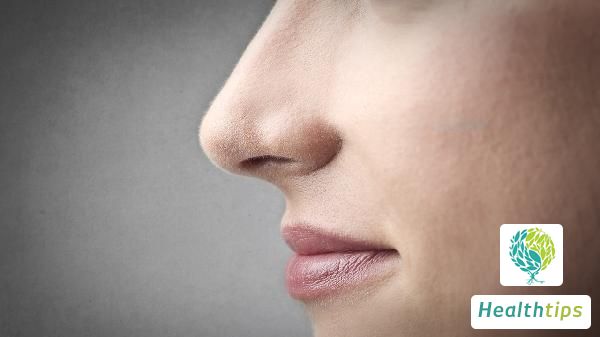"How to Accurately Calculate the Ovulation Day?"
Calculating the Ovulation Day
There are various methods to calculate the ovulation day, but none can guarantee absolute accuracy. Commonly used methods include menstrual cycle extrapolation, basal body temperature (BBT) method, cervical mucus method, ovulation test strip method, and B-ultrasound monitoring. Details are as follows:

1. Menstrual Cycle Extrapolation
For women with regular menstrual cycles, the ovulation day typically occurs around 14 days before the next menstruation. For example, if your menstrual cycle is 30 days and the first day of your current menstrual cycle is August 1st, your next menstruation would be around August 31st. By extrapolating 14 days backwards, August 17th would approximately be your ovulation day. This method is simple and convenient, requiring no tools. However, its significant drawback is that it only applies to women with highly regular menstrual cycles. For those with irregular cycles, the accuracy of this method significantly decreases.
2. Basal Body Temperature Method
After ovulation, a woman's basal body temperature rises by 0.3°C-0.5°C. Upon waking up each morning, before engaging in any activity, measure your oral temperature with a thermometer and record it daily. When you notice a temperature rise, it typically indicates ovulation. This method requires patience and perseverance in daily temperature measurements and recordings. However, BBT changes can be influenced by various factors such as sleep quality, illness, and medication, thus reducing its accuracy.
3. Cervical Mucus Method
Before ovulation, a woman's cervical mucus becomes thin, transparent, and stretchy, resembling raw egg white. By observing changes in cervical mucus, you can estimate the ovulation day. This method necessitates a certain level of self-awareness and close observation of cervical mucus changes. Nonetheless, cervical mucus changes can also be affected by factors like sexual activity and infections, compromising its accuracy.
4. Ovulation Test Strip Method
Ovulation test strips determine the ovulation day by detecting luteinizing hormone (LH) levels in urine. The LH level peaks 24-48 hours before ovulation. Start using ovulation test strips around the 10th day of your menstrual cycle, testing once daily. When the LH peak is detected, it typically indicates ovulation. This method is relatively accurate but requires proper usage of the test strips and consideration of your menstrual cycle.
5. B-Ultrasound Monitoring
B-ultrasound monitoring is the most accurate method for calculating the ovulation day. It directly observes the size and development of the follicle, with ovulation occurring when the follicle matures and ruptures. This method necessitates a hospital visit for B-ultrasound examination, which can be costly and inconvenient. However, for women with irregular menstrual cycles or fertility issues, B-ultrasound monitoring is a highly effective approach.
In conclusion, while there are numerous methods to calculate the ovulation day, none can guarantee absolute accuracy. Choose one or more methods based on your individual circumstances. Additionally, maintain healthy habits to avoid factors like excessive fatigue and stress that may impact ovulation.



















